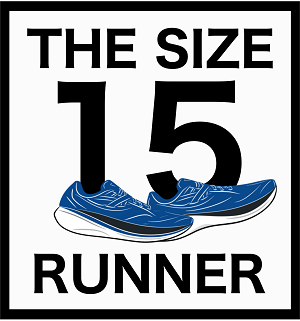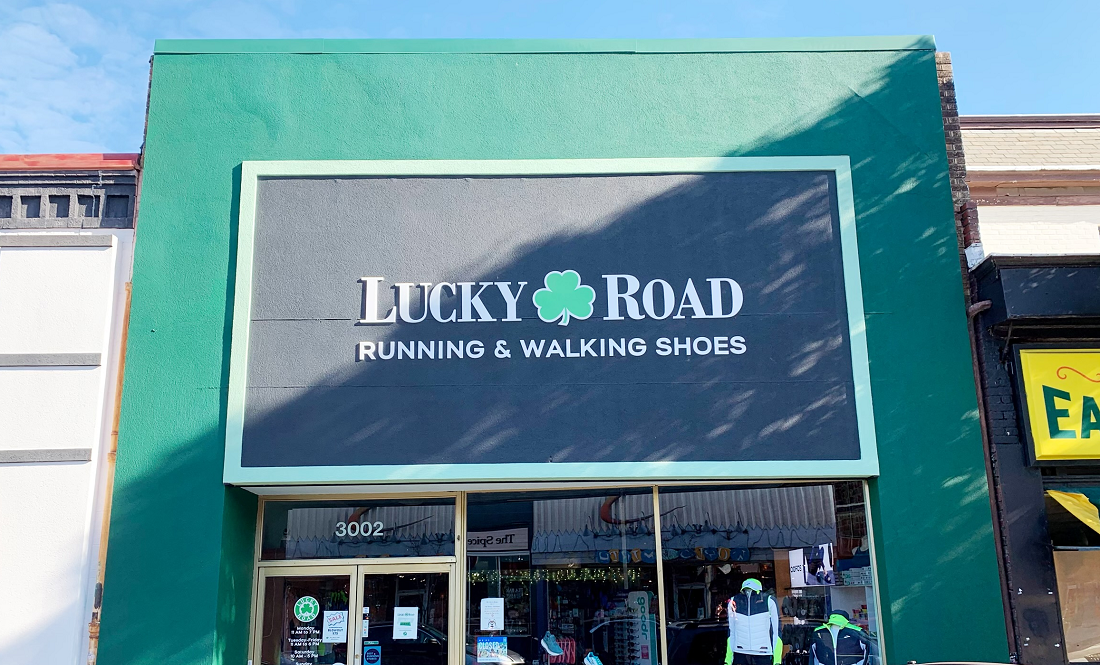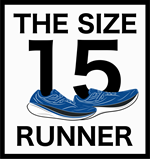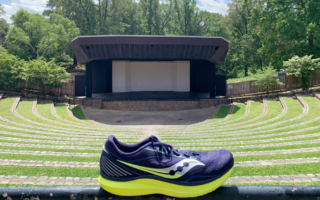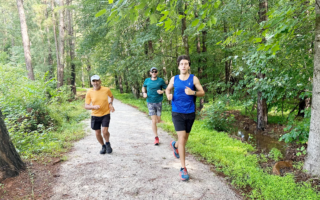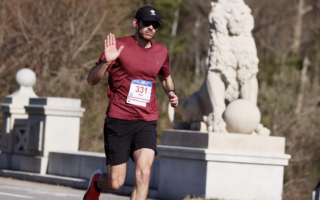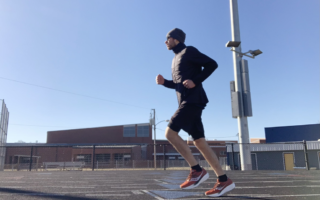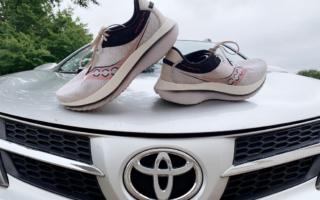Research shows that paying for experiences is more likely to lead to happiness than buying material goods. On the surface, that’s a problematic finding for running shoe addicts like me. But when you consider the opportunities presented by a good pair of running shoes, you realize the conundrum: buying running shoes is a material purchase that leads to the best experiences life can offer. Here’s how to justify to your significant other, family, friends, and to yourself, that buying endless pairs of running shoes is actually a brilliant investment.
On a recent episode of The Ringer’s Plain English podcast, host Derek Thompson spoke with Robert Waldinger and Marc Schulz, Director and Associate Director, respectively, of Harvard Study of Adult Development, the longest running study of adult happiness and authors of the book, The Good Life. Their conversation focused on the ways in which we derive happiness from purchases, namely experiences vs material objects.
Paying for experiences
Waldinger notes, not only does paying for experiences make us happier, but it also makes us happier for longer than buying material objects. Waldinger points out, when we pay for experiences, they typically involve other people—whether individuals we know or strangers. Therefore, Waldinger states, experiences are more likely to strengthen our existing relationships and lead us to forge new relationships. Schulz adds, “What we savor about experiences are the connections made with others and the sense that we’re not alone.”
Of course, to experience running, whether alone or with company, we need running shoes—but not just one pair. Each running shoe offers its own unique attributes and experiences through the feel of its midsole, upper, and outsole. And within each shoe component, we have many options to enhance our experience, including types of foams, plates, and stacks. Simply put, the Saucony Kinvara provides a much different running experience than the New Balance FuelCell SuperComp Trainer v2. Hell, the Kinvara differs wildly from the Kinvara Pro!
Running is much more than moving from point A to B. It involves changes in pace, mileage, elevation, and terrain. And training for a race involves many different running experiences—each with its own intensity and purpose. You’ve got speed work, long runs, daily miles, recovery runs, and race day. That’s at least five pairs of shoes, by my calculation. So, then, running shoes aren’t just material goods, they’re, as Doctors of Running’s Dr. Matthew Klein calls them, “tools.” They’re tools to help conquer our life goals, whether achieving a PR or putting one foot in front of the other each day as part of a healthy lifestyle.
Paying for objects
According to Waldinger, the downside to paying for objects is that it begs for comparisons. And, research shows, the more we compare ourselves to other people, the less happy we are.
However, Schulz notes, there is an upside to paying for material objects. For those who collect items, it can lead to powerful experiences. Marc gives an example of motorcycle riders who attend bike rallies and ride together socially on the weekends.
Sound familiar? It’s no different than sharing weekend miles with your run group or running buddy or convening at a destination to run alongside thousands during a race. The only difference is we’re using two legs instead of a couple wheels.
While many runners collect running shoes, we don’t compare shoes with each other. Rather, we compare our shoes against each other to determine the ones to use on any given training day. Which shoe has more cushion? Which is softer, bouncier, lighter? More fun to run in? And not only does having multiple running shoes make running more fun, but it also can prevent injuries.
Items and experiences in one
While experiences are more predictive of happiness than the purchase of things, Thompson remarks on the irony that experiences end, but things don’t. That’s especially true for runners, who love to hoard dozens of shoes over the years. It’s much harder to say “goodbye” to a pair that served us well for hundreds of miles. Instead, we treat them like rare collectibles worth thousands, instead of the worn-down and worthless objects made of faded rubber, plastic, and fabric they actually are.
Thompson identifies that it’s a much more interesting and deeper conversation to talk with someone about having shared a similar experience rather than the relative pros and cons of owning the same furniture item, say.
“The cash value of experiences is our ability to talk about them. To share them. To say, oh you went to Greece or Rome, I did too! You bond over that. You can discharge these experiences later in life to connect with people.”
While discussing running experiences is fun, the best way to connect with a fellow runner is conversing over miles spent running in shoes—a material object. Everyone reacts differently to pairs of running shoes. It’s interesting to hear how other peoples’ opinions of a shoe compare to yours. That’s what makes running shoe reviews so popular—and polarizing.
Oh, the experiences you’ll have
Running is one of the most fulfilling, uplifting, and enjoyable activities in life. Without buying running shoes, we couldn’t experience any of it. Why would runners limit themselves to just one or two when owning a half dozen (or full dozen) pairs provide its own experiences each time we step foot on the pavement or trails? So, what experiences will you discover through buying running shoes? And who will you share them with?
